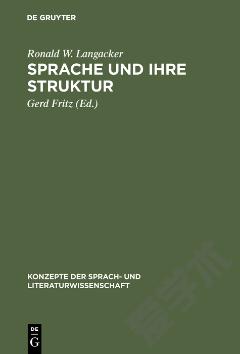Structural Linguistics
This set of structural methods for descriptive linguistics is intended both for students of linguistics and for persons who may be interested in the character of linguistics as science.For those who use linguistic methods in research or teaching, the techniques are given here in some detail, without employing the terminology of logic. For those who are primarily interested in the logic of distributional relations, which constitutes the basic method of structural linguistics, a minimum of knowledge about language and linguistics has been assumed here. Chapters 1, 2, and 20 deal with the general character of linguistic methods.This book is, regrettably, not easy to read. A single reading should be enough for a picture of the operations and elements of linguistics. But anyone who wants to use these methods or to control them critically will have to work over the material with paper and pencil, reorganizing for himself the examples and general statements presented here.The procedures of analysis discussed here are the product and outgrowth of the work of linguists throughout the world, to whose investigations the meager references cited here are an inadequate guide. This book owes most, however, to the work and friendship of Edward Sapir and of Leonard Bloomfield, and particularly to the latter's book Language.In preparing this book for publication, I had the benefit of many discussions with C. F. Voegelin and Rulon S. Wells III, and of important criticisms from Roman Jakobson, W. D. Preston, and Fred Lukoff. N. Chomsky has given much-needed assistance with the manuscript.
{{comment.content}}








 京公网安备 11010802027623号
京公网安备 11010802027623号